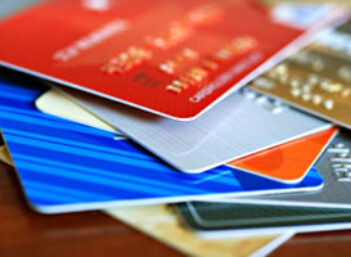What Are Checkable Deposits?
Checkable deposits are bank accounts against which checks can be drawn. There are different types of checkable accounts offered by retail banks and credit unions: deposit accounts, interest-bearing accounts, and money market accounts.
How Do Checkable Deposits Work?
Checkable deposits are payable on demand, which means that when a depositor demands payment by making a withdrawal of funds, the bank is obliged to pay it immediately in the exact amount requested.
The depositor is also allowed to transfer the funds directly to a third party, and have full access to all account details, such as inflows and outflows, any fees charged, and interest earned.
Checkable deposit accounts are very liquid assets that allow depositors to have easy access to their funds. For this reason, checkable deposits generally are an important, but also one of the lowest-cost, source of bank funds covering a large share of bank liabilities.
Examples of Checkable Deposits
Standard checking, NOW (negotiable order of withdrawal), and high-interest checking accounts are all examples of checkable deposits. They typically pay a relatively low interest rate, if any. Additionally, they often require account holders to pay monthly fees. For these reasons, they are generally useful for managing short-term cash needs, but not for saving or investing.
Money market accounts are an option for account holders trying to accumulate wealth while keeping it liquid and accessible. Banks offer money market accounts with interest and invest these funds in short-term cash buys, which enables them to pay out interest to money market account holders.
No matter the type of checkable deposit account you choose, it’s important to pay attention to the details. You’re often restricted to a certain number of withdrawals and obligated to a certain amount of deposits in order to avoid fees.




